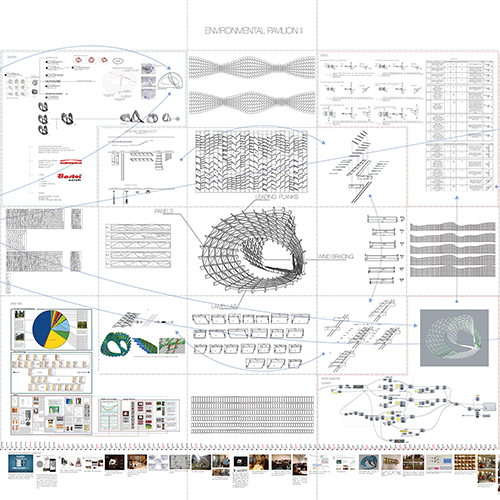Relating Systems Thinking and Design III
DOI:
https://doi.org/10.7577/formakademisk.2137Keywords:
editorial, systemic design thinking, Form AkademiskAbstract
This special issue of Form Akademisk captures some of the systemic design thinking and research presented at the RSD3 conference, held in Oslo, Norway in 2014, and the RSD4 conference, held in Banff, Canada in 2015. These two conferences offered a range of submissions encompassing the fields of design, systemics, public policy, healthcare, and other domains. This body of work explores the emerging renaissance of systems thinking in design. The papers presented here are responses to the world we live and design in, a world that is increasingly complex and increasingly problematic for those in government, industry and academia alike.
We believe that the thinking and intervention developed at RSD3 and RSD4 is well poised to meet these challenges. In this issue, we offer two sets of papers; the first set focuses on frameworks and organizing concepts, and the second set focuses on methods and tools to aid in systemic design.

Downloads
Published
How to Cite
Issue
Section
License
Authors who publish with this journal agree to the following terms:
- Authors retain copyright and grant the journal right of first publication with the work simultaneously licensed under a Creative Commons Attribution 4.0 License that allows others to share the work with an acknowledgement of the work's authorship and initial publication in this journal.
- Authors are able to enter into separate, additional contractual arrangements for the non-exclusive distribution of the journal's published version of the work (e.g., post it to an institutional repository or publish it in a book), with an acknowledgement of its initial publication in this journal.
- Authors are permitted and encouraged to post their work online (e.g., in institutional repositories or on their website) prior to and during the submission process, as it can lead to productive exchanges, as well as earlier and greater citation of published work (See The Effect of Open Access).
- The author(s) must manage their economic reproduction rights to any third party.
- The journal makes no financial or other compensation for submissions, unless a separate agreement regarding this matter has been made with the author(s).
- The journal is obliged to archive the manuscript (including metadata) in its originally published digital form for at least a suitable amount of time in which the manuscript can be accessed via a long-term archive for digital material, such as in the Norwegian universities’ institutional archives within the framework of the NORA partnership.
The material will be published OpenAccess with a Creative Commons 4.0 License which allows anyone to read, share and adapt the content, even commercially under the licence terms:
This work needs to be appropriately attributed/credited, a link must be provided to the CC-BY 4.0 licence, and changes made need to be indicated in a reasonable manner, but not in any way that suggests that the licensor endorses you or your use.



